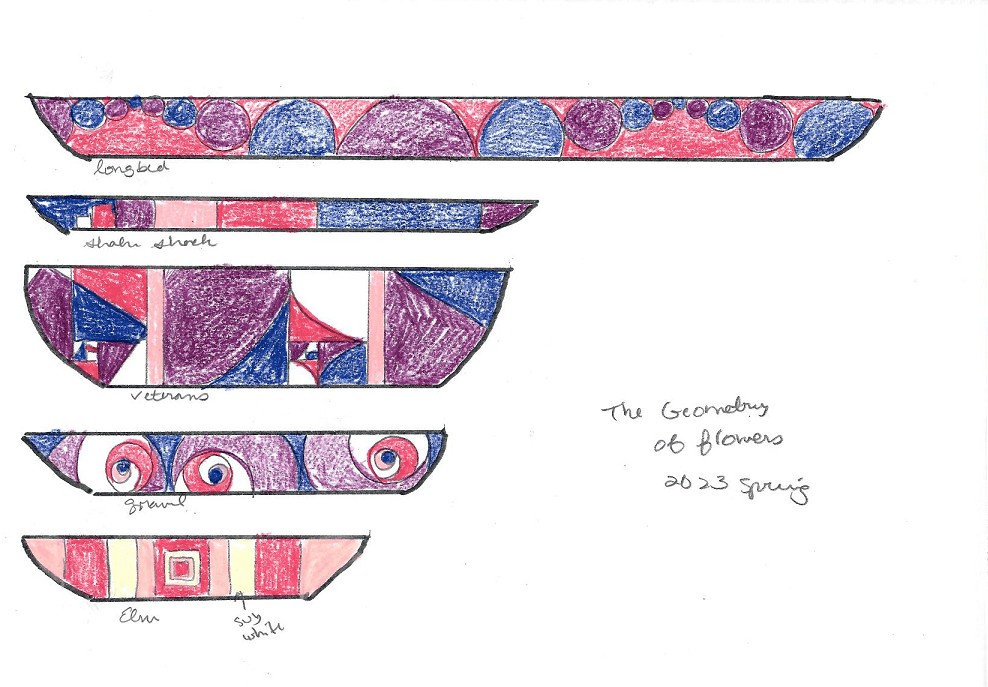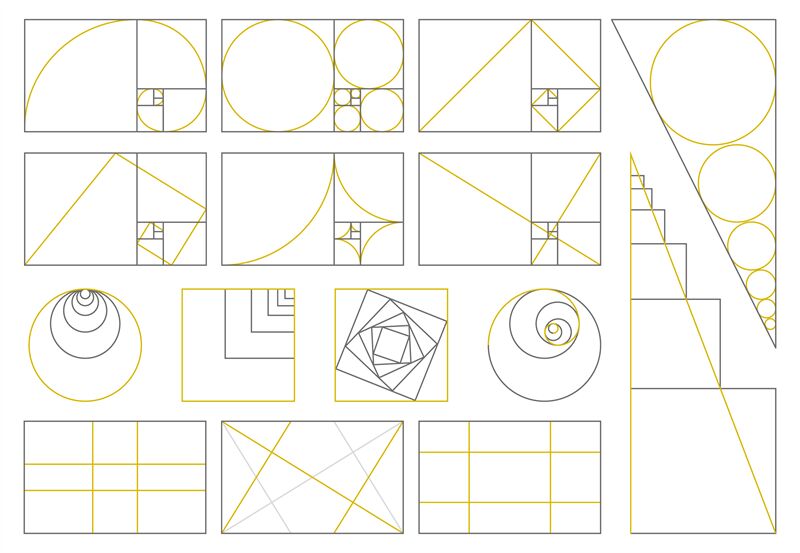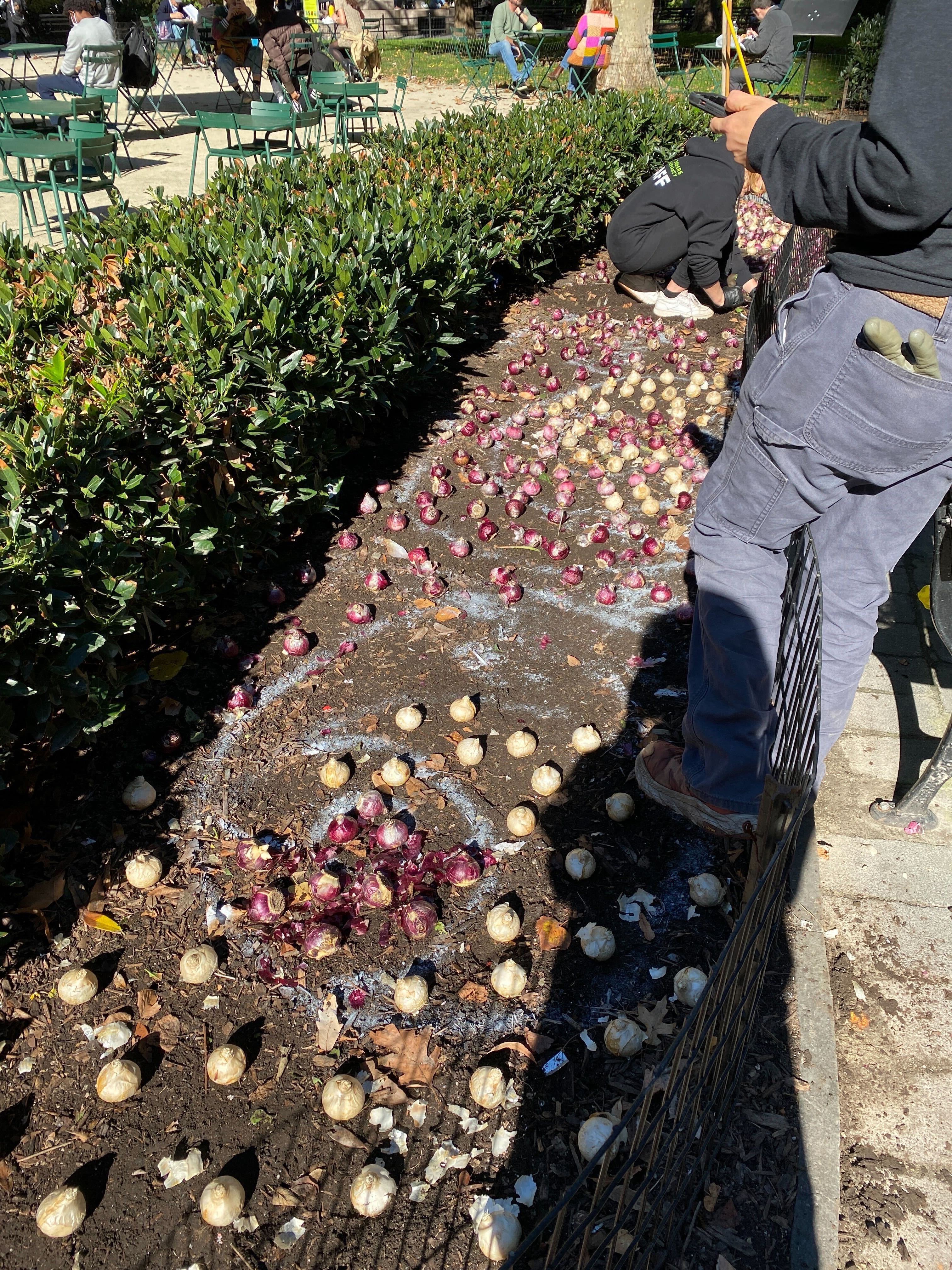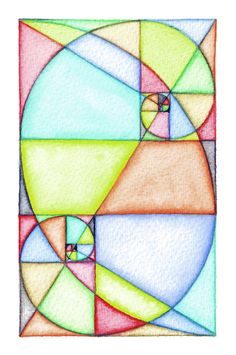This site uses cookies – Learn more.
The Geometry of Flowers
The Geometry of Flowers exhibition will reflect the natural geometry of flowers within their artistic arrangement in the park landscape. The gardens featured in the exhibition will use tulips, hyacinths, daffodils, fritillaria, and anemones to display geometric shapes and ratios.
Though nature often appears random and chaotic, it may be more mathematical and predictable than we think. The “Fibonacci numbers” and their corresponding ratio reflect various patterns found in nature, which can be seen in a wide range of natural phenomena—from the swirl of a pinecone’s seeds to the curve of a nautilus shell. The order goes as follows: 1, 1, 2, 3, 5, 8, 13, 21, 34, 55, 89, 144, and on to infinity, with each number a sum of the previous two.
Scientists have pondered for centuries why so many natural patterns reflect this Fibonacci sequence. In some cases, the correlation may just be a coincidence. In other situations, the ratio exists because that particular growth pattern evolved as the most effective way for a species to survive. With plants in particular, these slight evolutionary adjustments in ratio may have allowed maximum exposure for light-hungry leaves or maximum seed arrangement.










